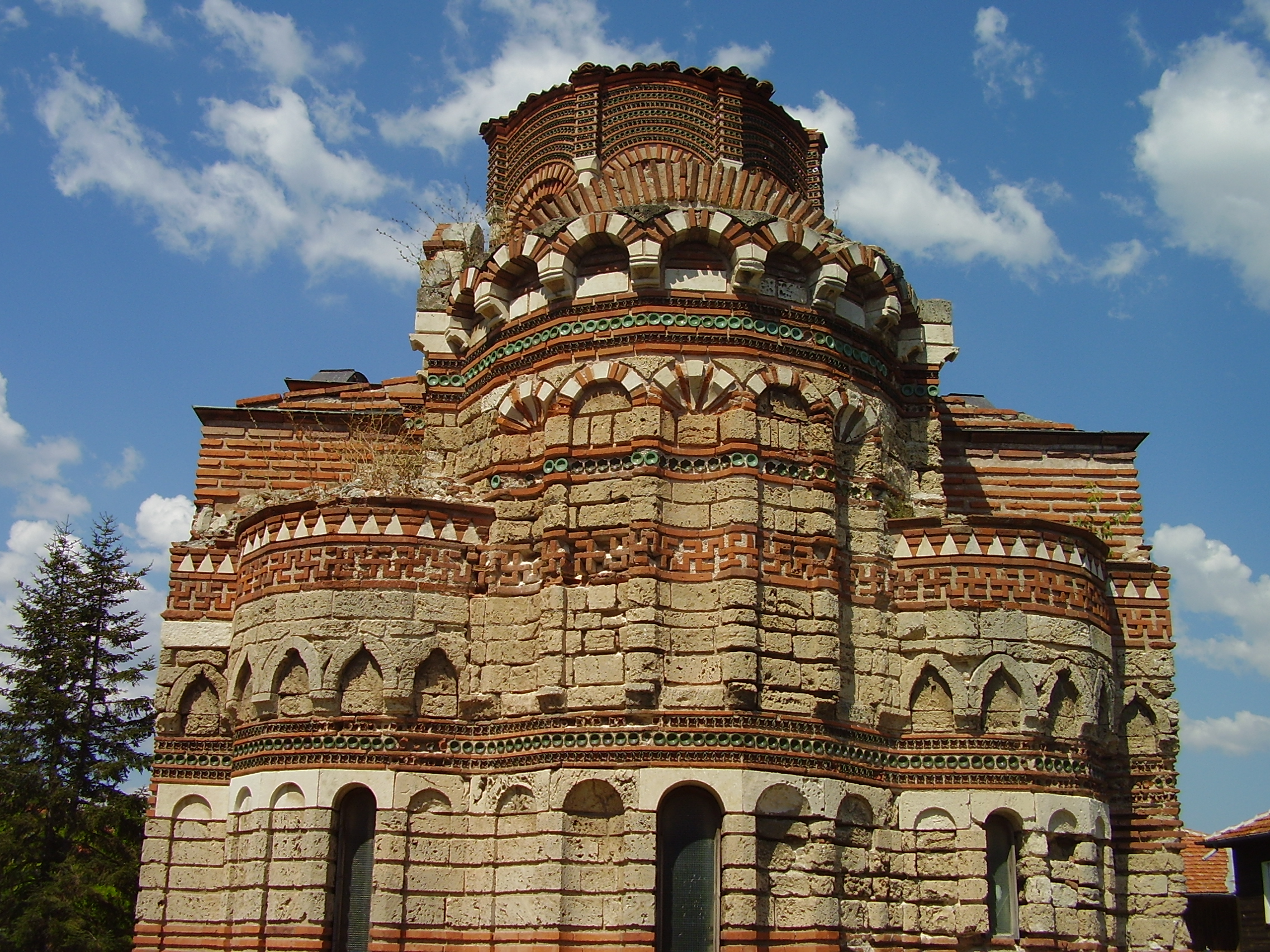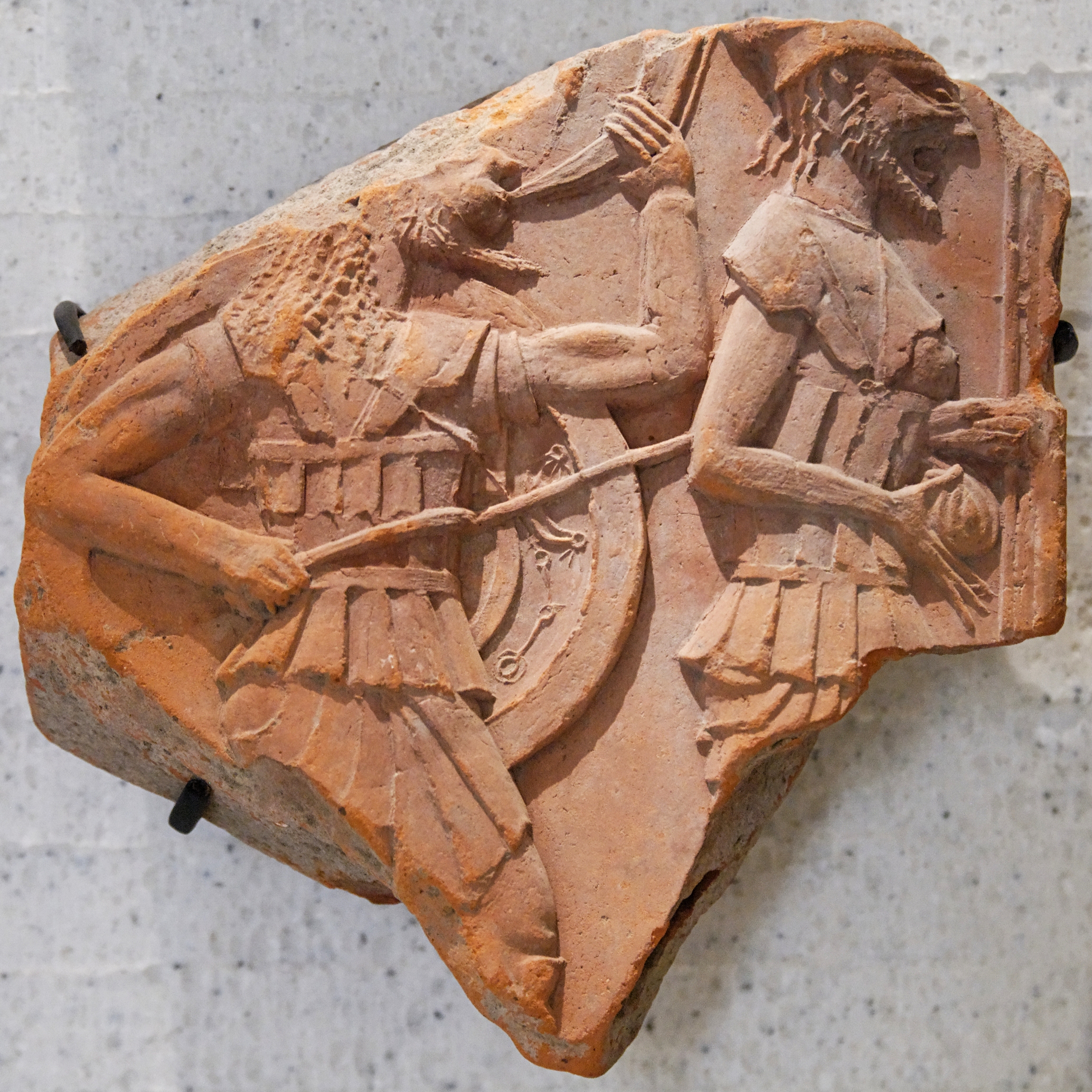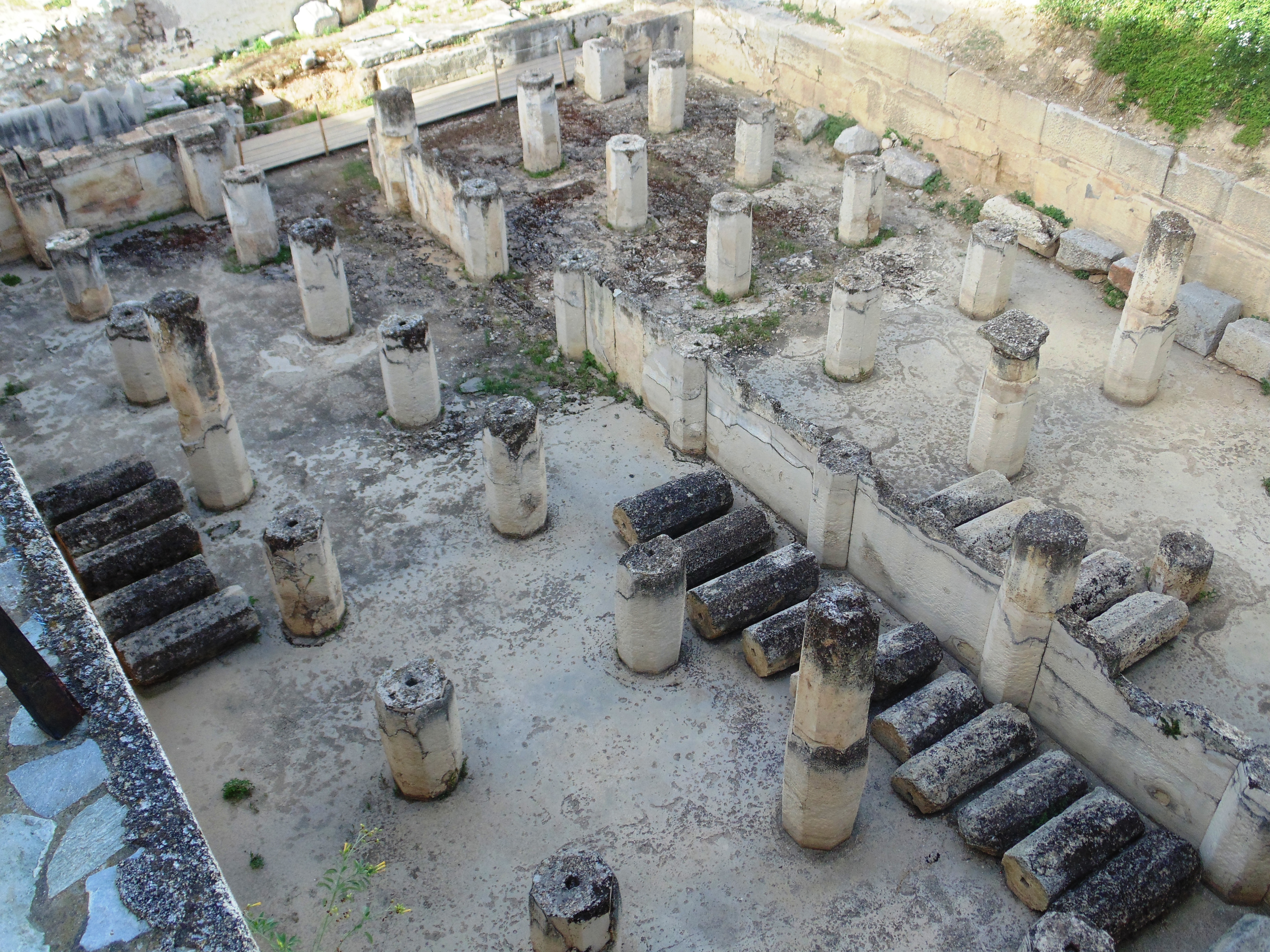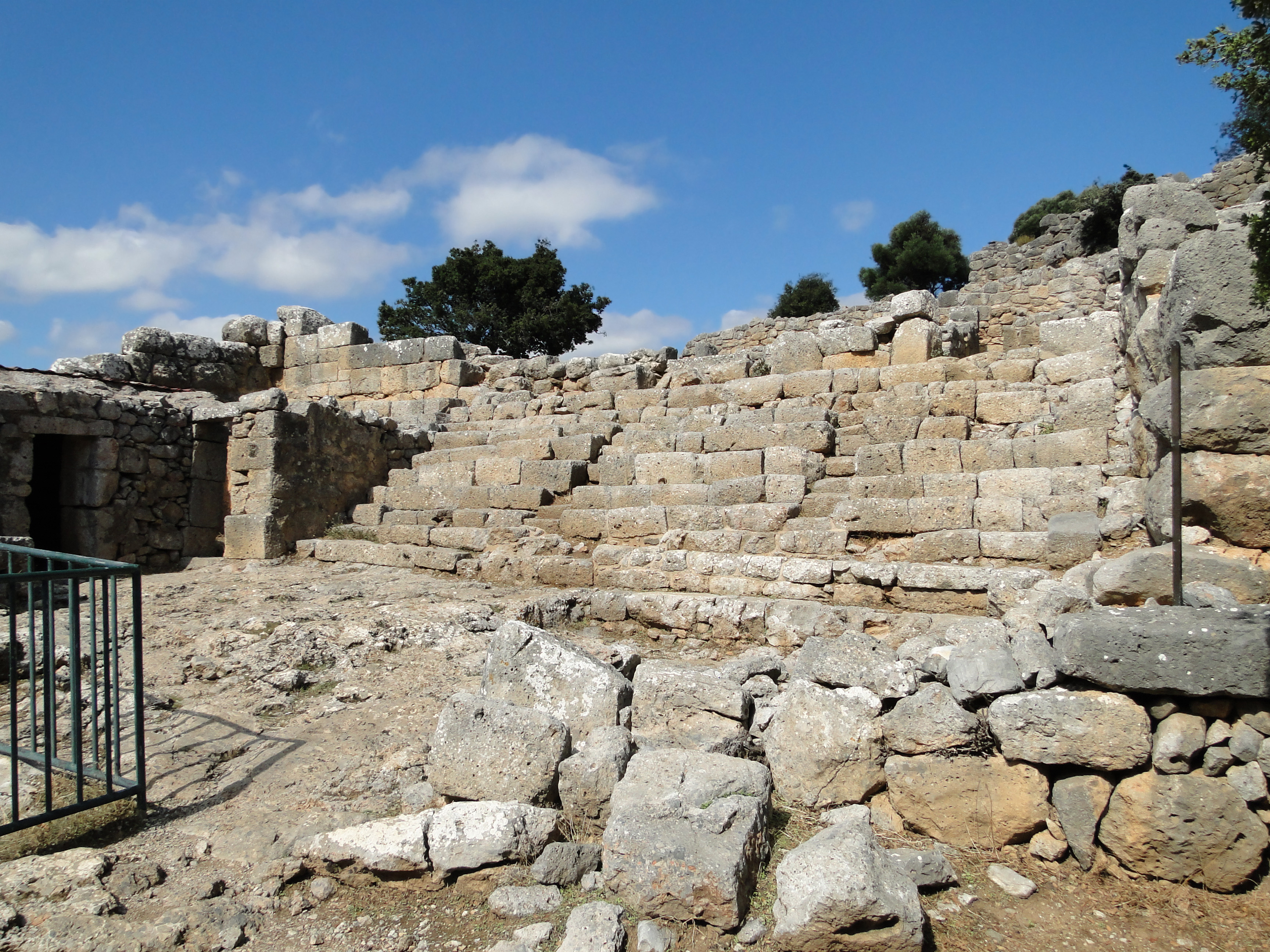|
Nesebur
Nesebar (often transcribed as Nessebar and sometimes as Nesebur, , pronounced ) is an ancient city and one of the major seaside resorts on the Bulgarian Black Sea Coast, located in Burgas Province. It is the administrative centre of the homonymous Nesebar Municipality. Often referred to as the "''Pearl of the Black Sea''", Nesebar is a rich city-museum defined by more than three millennia of ever-changing history. The small city exists in two parts separated by a narrow human-made isthmus with the ancient part of the settlement on the peninsula (previously an island), and the more modern section (i.e., hotels and later development) on the mainland side. The older part bears evidence of occupation by a variety of different civilisations over the course of its existence. It is one of the most prominent tourist destinations and seaports on the Black Sea, in what has become a popular area with several large resorts—the largest, Sunny Beach, is situated immediately to the north of ... [...More Info...] [...Related Items...] OR: [Wikipedia] [Google] [Baidu] |
Church Of Christ Pantocrator, Nesebar
The Church of Christ Pantocrator ( or ; ) is a medieval Eastern Orthodox Church, Eastern Orthodox church in the eastern Bulgarian town of Nesebar (medieval Mesembria), on the Black Sea coast of Burgas Province. Part of the Ancient Nesebar UNESCO World Heritage Site, the Church of Christ Pantocrator was constructed in the 13th–14th century and is best known for its lavish exterior decoration. The church, today an art gallery, survives largely intact and is among Bulgaria's best preserved churches of the Middle Ages. History The Church of Christ Pantocrator is usually dated to the late 13th or early 14th century. University of Pennsylvania scholar Robert G. Ousterhout places its construction in the mid-14th century. Rough Guides author Jonathan Bousfield attributes its building to the rule of List of Bulgarian monarchs, Tsar Ivan Alexander of Bulgaria (r. 1331–1371), though during this time control of Nesebar changed many times between the Second Bulgarian Empire and Byzanti ... [...More Info...] [...Related Items...] OR: [Wikipedia] [Google] [Baidu] |
Erkech Dialect
The Erkech dialect is a Bulgarian dialect, which is part of the Balkan group of the Eastern Bulgarian dialects. It originates from two villages in the eastern parts of the Balkan Mountains, Kozichino (formerly Erkech) near Pomorie and Golitsa south of Varna. As a result of the mass population movements that affected eastern Bulgaria during the 19th and the beginning of the 20th century, speakers of the dialect have established numerous colonies in the regions of Provadia, Varna, Novi Pazar, Balchik, Silistra and Pomorie Pomorie ( ), historically known as Anchialos (, ), is a town and seaside resort in southeastern Bulgaria, located on a narrow rocky peninsula in Burgas Bay on the southern Bulgarian Black Sea Coast. It is situated in Burgas Province, 20,5 k ..., thus significantly expanding the range of the dialect. The most significant feature of the dialect, as in all Balkan dialects, is the pronunciation of Old Church Slavonic ѣ (yat) as or , depending on the charact ... [...More Info...] [...Related Items...] OR: [Wikipedia] [Google] [Baidu] |
Delian League
The Delian League was a confederacy of Polis, Greek city-states, numbering between 150 and 330, founded in 478 BC under the leadership (hegemony) of Classical Athens, Athens, whose purpose was to continue fighting the Achaemenid Empire, Persian Empire after the Greek victory in the Battle of Plataea at the end of the Second Persian invasion of Greece. The League functioned as a dual –offensive and defensive– alliance (''Symmachia (alliance), symmachia'') of autonomous states, similar to its rival association, the Peloponnesian League. The League's modern name derives from its official meeting place, the island of Delos, where congresses were held within the sanctuary of the Temple of Apollo; contemporary authors referred to the organization simply as "the Athenians and their Allies". While Sparta excelled as Greece's greatest power on land, Athens turned to the seas becoming the dominant naval power of the Ancient Greece, Greek world. Following Sparta's withdrawal from the Gr ... [...More Info...] [...Related Items...] OR: [Wikipedia] [Google] [Baidu] |
Ionians
The Ionians (; , ''Íōnes'', singular , ''Íōn'') were one of the traditional four major tribes of Ancient Greece, alongside the Dorians, Aeolians, and Achaeans. The Ionian dialect was one of the three major linguistic divisions of the Hellenic world, together with the Dorian and Aeolian dialects. When referring to populations, "''Ionian''" defines several groups in Classical Greece. In its narrowest sense, the term referred to the region of Ionia in Asia Minor. In a broader sense, it could be used to describe all speakers of the Ionic dialect, which in addition to those in Ionia proper also included the Greek populations of Euboea, the Cyclades, and many cities founded by Ionian colonists. Finally, in the broadest sense it could be used to describe all those who spoke languages of the East Greek group, which included Attic. The foundation myth which was current in the Classical period suggested that the Ionians were named after Ion, son of Xuthus, who lived ... [...More Info...] [...Related Items...] OR: [Wikipedia] [Google] [Baidu] |
Sozopol
Sozopol ( ; ) List of cities and towns in Bulgaria, is an ancient seaside town located 35 km south of Burgas on the southern Bulgarian Black Sea Coast. One of the major seaside resorts in the country, it is known for the ''Apollonia'' art and film festival (which takes place in early September) that is named after one of the town's ancient names. Part of Burgas Province and administrative centre of the homonymous Sozopol Municipality, as of December 2009, the town has a population of 5,410 inhabitants. In antiquity, the place was the site of a prosperous Greek colonisation, Greek colony named ''Antheia'' and later known as ''Apollonia.'' In 72 BC it was devastated by a Ancient Rome, Roman siege, and became a small town of lesser importance. By the first century AD, the name ''Sozopolis'' began to appear in written records. The busiest times of the year are the summer months, ranging from May to September, as tourists from around the world come to enjoy the weather, sandy beaches, h ... [...More Info...] [...Related Items...] OR: [Wikipedia] [Google] [Baidu] |
Megara
Megara (; , ) is a historic town and a municipality in West Attica, Greece. It lies in the northern section of the Isthmus of Corinth opposite the island of Salamis Island, Salamis, which belonged to Megara in archaic times, before being taken by Athens. Megara was one of the four districts of Attica, embodied in the four mythic sons of King Pandion II, of whom Nisos was the ruler of Megara. Megara was also a trade port, its people using their ships and wealth as a way to gain leverage on armies of neighboring poleis. Megara specialized in the exportation of wool and other animal products including livestock such as horses. It possessed two harbors, Pagae to the west on the Corinthian Gulf, and Nisaea to the east on the Saronic Gulf of the Aegean Sea. History Late Bronze Mycenaean period In the Late Bronze Age, Megara features prominently as a small kingdom in the myths and legends of Homer. Megara emerged between two fortified ports, Nisaea on the Saronic Gulf and Pagae on the ... [...More Info...] [...Related Items...] OR: [Wikipedia] [Google] [Baidu] |
Dorians
The Dorians (; , , singular , ) were one of the four major ethnic groups into which the Greeks, Hellenes (or Greeks) of Classical Greece divided themselves (along with the Aeolians, Achaeans (tribe), Achaeans, and Ionians). They are almost always referred to as just "the Dorians", as they are called in the earliest literary mention of them in the ''Odyssey'', where they already can be found inhabiting the island of Crete. They were diverse in way of life and social organization, varying from the populous trade center of the city of Ancient Corinth, Corinth, known for its ornate style in art and architecture, to the isolationist, military state of Sparta; and yet, all Hellenes knew which localities were Dorian and which were not. Dorian states at war could more likely, but not always, count on the assistance of other Dorian states. Dorians were distinguished by the Doric Greek dialect and by characteristic social and historical traditions. In the 5th century BC, Dorians and Ion ... [...More Info...] [...Related Items...] OR: [Wikipedia] [Google] [Baidu] |
Greek Colony
Greek colonisation refers to the expansion of Archaic Greeks, particularly during the 8th–6th centuries BC, across the Mediterranean Sea and the Black Sea. The Archaic expansion differed from the Iron Age migrations of the Greek Dark Ages, in that it consisted of organised direction (see ) away from the originating ''metropolis'' rather than the simplistic movement of tribes, which characterised the aforementioned earlier migrations. Many colonies, or (, ), that were founded during this period eventually evolved into strong Greek city-states, functioning independently of their ''metropolis''. Motives Greek colonisation was typically motivated by a combination of factors, depending on the context. Many Greek city-states experienced strong economic growth with consequent overpopulation of the motherland, such that the existing territory of these Greek city-states could no longer support a growing polity. The areas where the Greeks would try to colonise were hospitable a ... [...More Info...] [...Related Items...] OR: [Wikipedia] [Google] [Baidu] |
Thracians
The Thracians (; ; ) were an Indo-European languages, Indo-European speaking people who inhabited large parts of Southeast Europe in ancient history.. "The Thracians were an Indo-European people who occupied the area that today is shared between Thrace, north-eastern Greece, Romania, and north-western Turkey. They shared the same language and culture. There may have been as many as a million Thracians, divided among up to 40 tribes." Thracians resided mainly in Southeast Europe in Present (time), modern-day Bulgaria, Romania, North Macedonia, northern Greece and European Turkey, but also in north-western Anatolia, Anatolia (Asia Minor) in Turkey. The exact origin of the Thracians is uncertain, but it is believed that Thracians like other Indo-European speaking groups in Europe descended from a mixture of Proto-Indo-Europeans and Early European Farmers. Around the 5th millennium BC, the inhabitants of the eastern region of the Balkans became organized in different groups of Indi ... [...More Info...] [...Related Items...] OR: [Wikipedia] [Google] [Baidu] |
Ottoman Empire
The Ottoman Empire (), also called the Turkish Empire, was an empire, imperial realm that controlled much of Southeast Europe, West Asia, and North Africa from the 14th to early 20th centuries; it also controlled parts of southeastern Central Europe, between the early 16th and early 18th centuries. The empire emerged from a Anatolian beyliks, ''beylik'', or principality, founded in northwestern Anatolia in by the Turkoman (ethnonym), Turkoman tribal leader Osman I. His successors Ottoman wars in Europe, conquered much of Anatolia and expanded into the Balkans by the mid-14th century, transforming their petty kingdom into a transcontinental empire. The Ottomans ended the Byzantine Empire with the Fall of Constantinople, conquest of Constantinople in 1453 by Mehmed II. With its capital at History of Istanbul#Ottoman Empire, Constantinople (modern-day Istanbul) and control over a significant portion of the Mediterranean Basin, the Ottoman Empire was at the centre of interacti ... [...More Info...] [...Related Items...] OR: [Wikipedia] [Google] [Baidu] |
Middle Ages
In the history of Europe, the Middle Ages or medieval period lasted approximately from the 5th to the late 15th centuries, similarly to the post-classical period of global history. It began with the fall of the Western Roman Empire and transitioned into the Renaissance and the Age of Discovery. The Middle Ages is the middle period of the three traditional divisions of Western history: classical antiquity, the medieval period, and the modern period. The medieval period is itself subdivided into the Early, High, and Late Middle Ages. Population decline, counterurbanisation, the collapse of centralised authority, invasions, and mass migrations of tribes, which had begun in late antiquity, continued into the Early Middle Ages. The large-scale movements of the Migration Period, including various Germanic peoples, formed new kingdoms in what remained of the Western Roman Empire. In the 7th century, North Africa and the Middle East—once part of the Byzantine Empire� ... [...More Info...] [...Related Items...] OR: [Wikipedia] [Google] [Baidu] |







